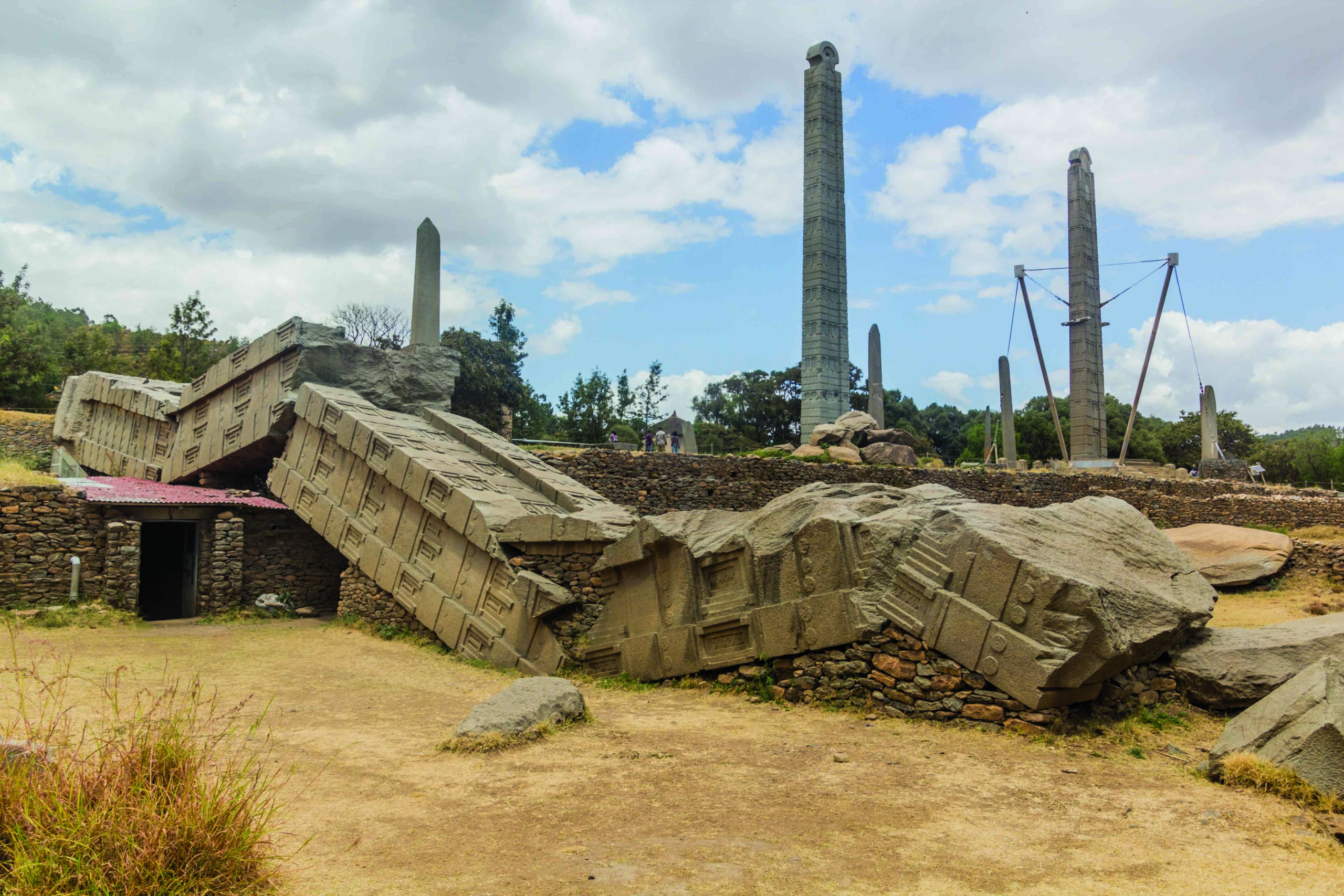CAMBRIDGE, ENGLAND—Live Science reports that drones equipped with light detection and ranging (lidar) equipment have been used to survey the heavily wooded central zone of the Battle of the Bulge, which was fought in eastern Belgium and Luxembourg over a period of five weeks from December 1944 into January 1945. Birger Stichelbaut of Ghent University said that the survey spotted more than 900 features from the battle, including bomb craters, artillery platforms, trenches, and foxholes. Stichelbaut and his colleagues then visited the features, and were able to sort them into three distinct phases of the battle. Artillery fuses, artillery platforms, and field fortifications to the west are thought to have been employed by the Allies during a pre-offensive phase. The second phase, which began with the German offensive, is marked by German objects found at abandoned American artillery banks. Most of the bomb craters have been attributed to the final phase of the battle and the Allied use of air forces as the weather improved. Read the original scholarly article about this research in Antiquity. To read more about the archaeology of World War II, go to "Letter from Alaska: The Cold Winds of War."
Lidar Survey Maps World War II Battlefield
News August 15, 2023
Recommended Articles
Digs & Discoveries November/December 2025
The Egyptian Sequence
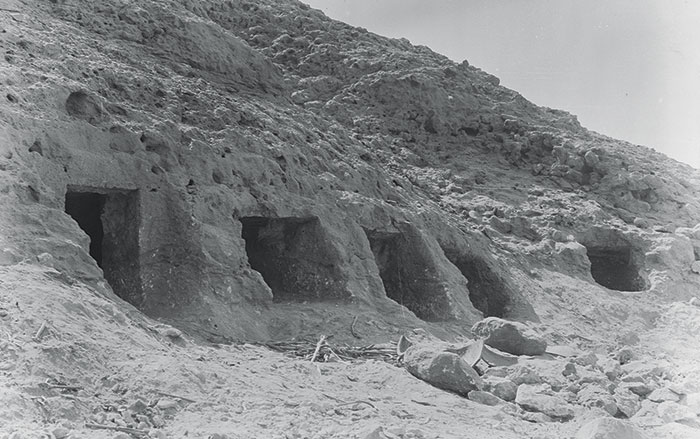
Letter from Poland November/December 2024
Remembering an Unspeakable Crime
Excavations of a mass grave expose evidence of Nazi-era massacres
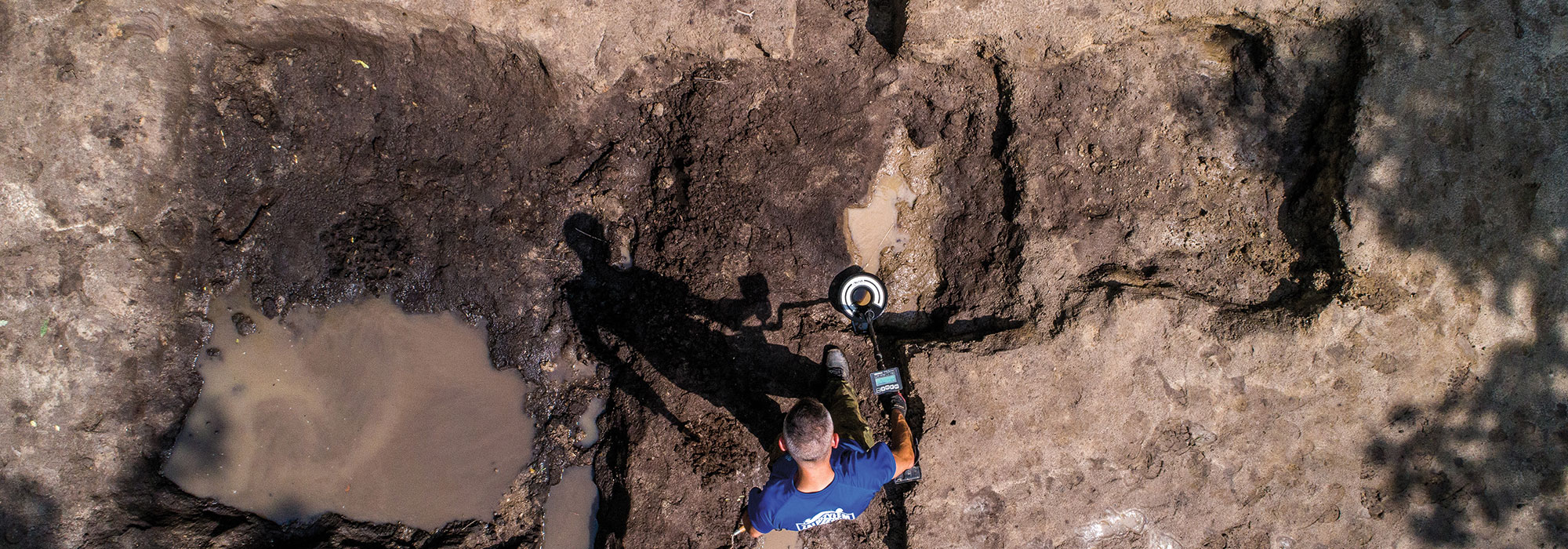
Letter from Alaska July/August 2021
The Cold Winds of War
A little-known World War II campaign in the Aleutian Islands left behind an undisturbed battlefield strewn with weapons and materiel
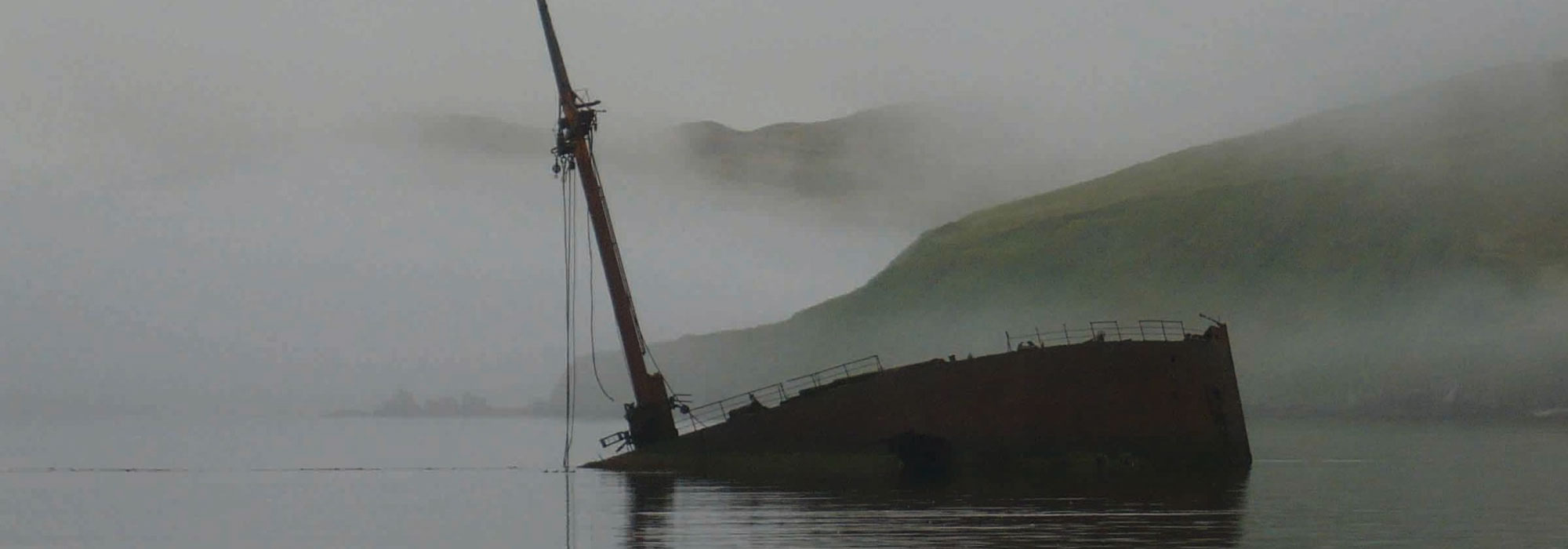
Digs & Discoveries November/December 2020
Honoring the Dead
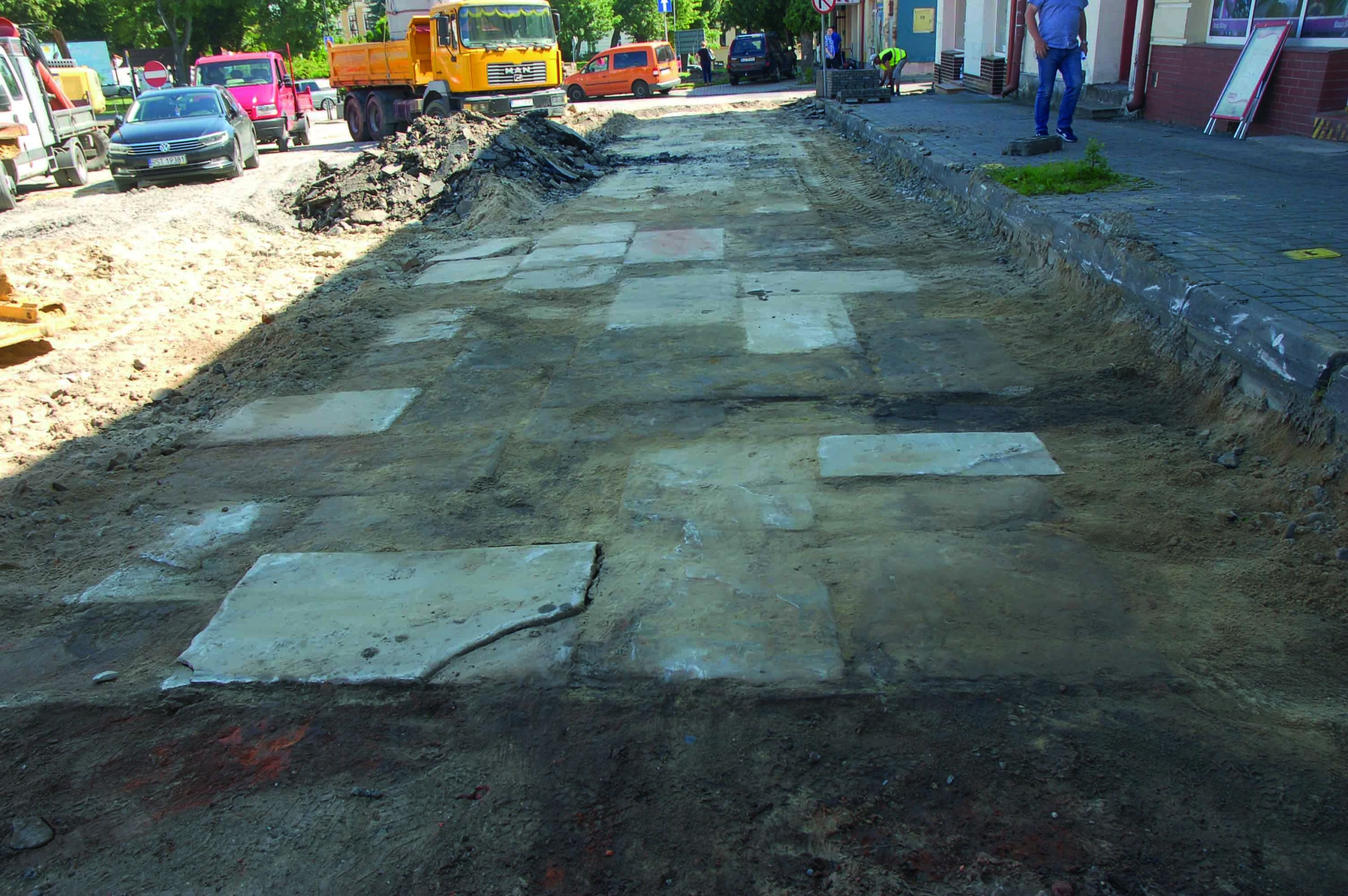
-
Features July/August 2023
An Elegant Enigma
The luxurious possessions of a seventeenth-century woman continue to intrigue researchers a decade after they were retrieved from a shipwreck
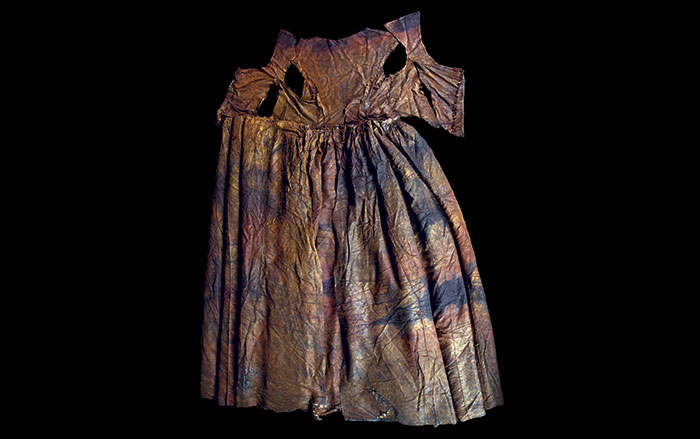 (Courtesy Museum Kaapskil)
(Courtesy Museum Kaapskil) -
Features July/August 2023
Rise of the Persian Princes
In their grand capital Persepolis, Achaemenid rulers expressed their vision of a prosperous, multicultural empire
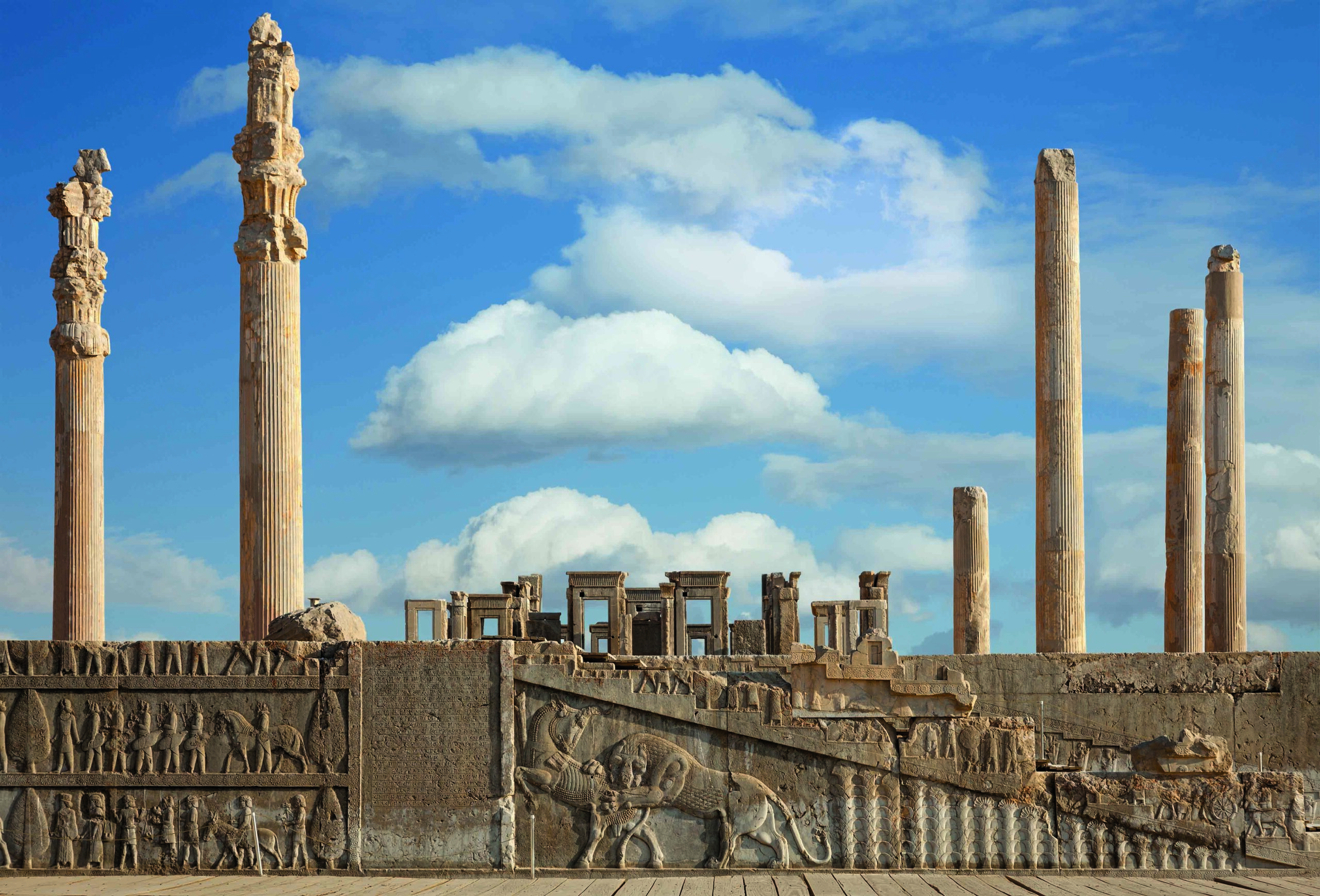 (Borna_Mir/ Adobe Stock)
(Borna_Mir/ Adobe Stock) -
Letter from Patagonia July/August 2023
Surviving a Windswept Land
For 13,000 years, hunter-gatherers thrived in some of the world’s harshest environments
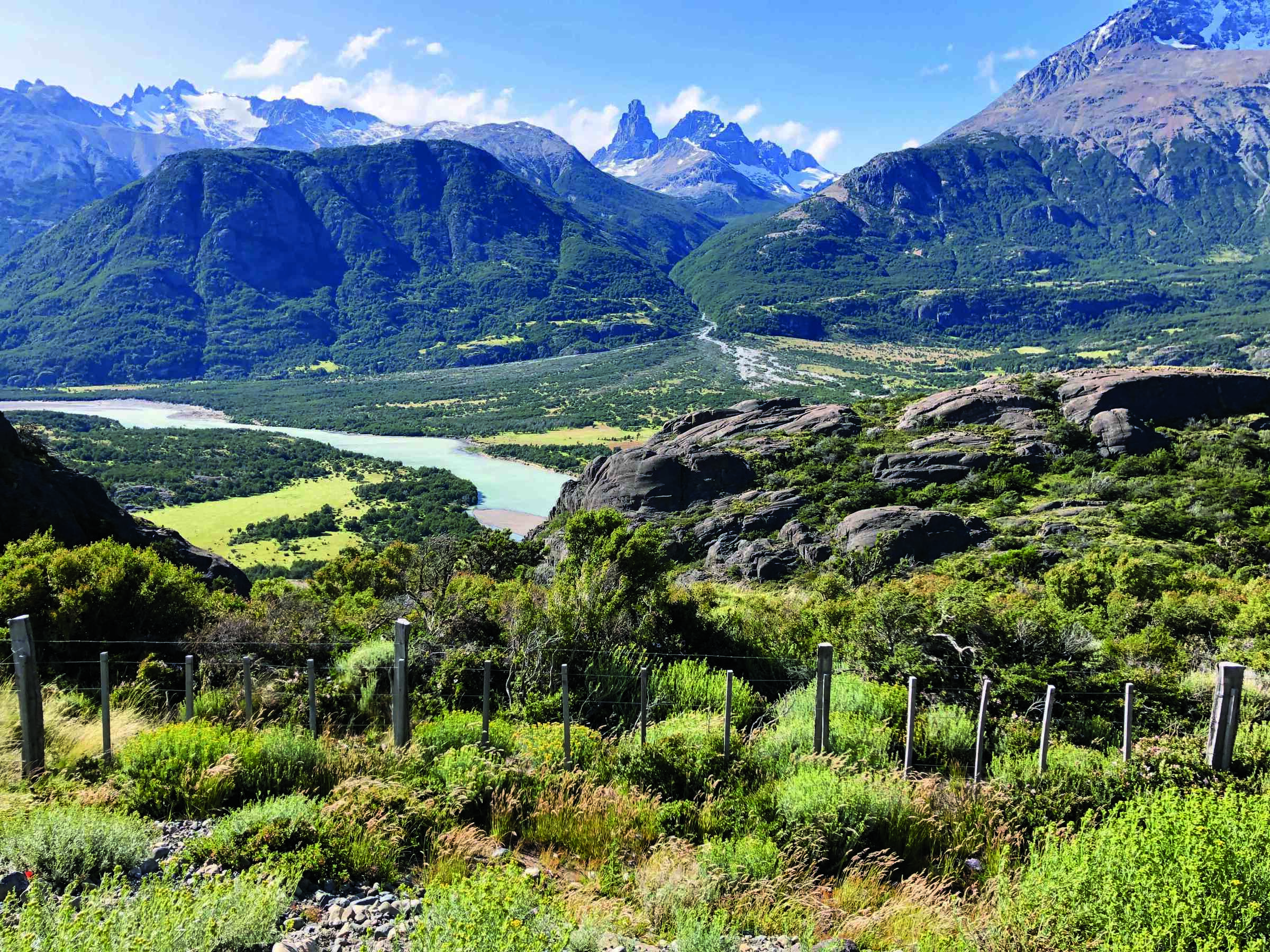 (Courtesy Raven Garvey)
(Courtesy Raven Garvey) -
Artifacts July/August 2023
Norse Gold Bracteate
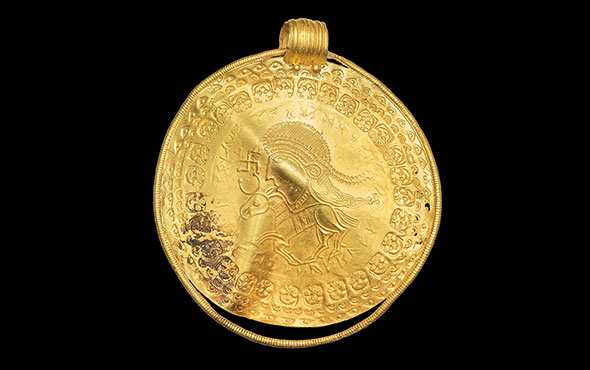 (Arnold Mikkelsen, National Museum of Denmark)
(Arnold Mikkelsen, National Museum of Denmark)


